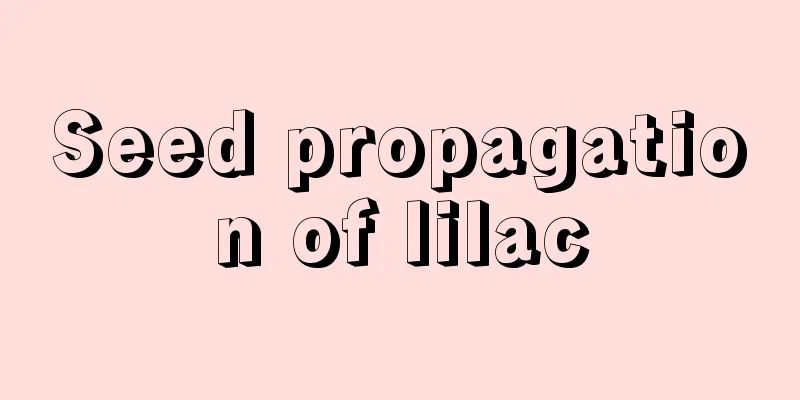Methods and techniques for grafting plum seedlings

|
To improve the survival rate of grafted plum seedlings , we must pay attention to the grafting method and subsequent management. Here are some methods and techniques for grafting plum seedlings. 1. Grafting time The survival rate of plum seedlings is highest when they are grafted before the rootstock sprouts in spring (late March in the Gregorian calendar). In addition, the use of xylem buds around September can also increase the survival rate of grafted fruit seedlings. Of course, the specific time should be based on the actual local climate. 2. Grafted rootstock Plum seedlings are mainly grafted with peach roots, and mountain peach is generally used as the rootstock. The wild peach has strong affinity and is very suitable for grafting plums. It has strong adaptability, is drought-resistant, cold-resistant, and resistant to barrenness, and can be planted in plains, mountains , and slopes. 3. Stock treatment Peach root and other tree stumps are cut into rootstocks 6 to 10 cm above the ground. Use well-developed, full, one-year-old, disease- and insect-free semi-woody branches as spikes, cut them into small sections of about 7 cm, leaving about 5 to 7 buds as scions, and wrap the collected buds with wet cloth. 4. Grafting method Use a grafting knife to split the rootstock into a split opening about 3 cm long, and cut the scion into a wedge-shaped cutting surface, leaving 2 to 3 buds. The scion is then inserted into the cleft opening with the cambium layers aligned. Afterwards, wrap it tightly with a transparent plastic strip to successfully complete the grafting. 5. Post-management After connection, remove the budding on the rootstock in time. In the next 15 days or so, check whether the cells are still alive, and replenish those that are not alive in time. When the high-grafted shoots grow to 20 to 30 cm, you can set up wooden poles, tie the poles tightly to the rootstock, and use ropes to fix the shoots to the poles to prevent wind damage. Loosen the tied plastic film to prevent hanging injuries. Adjust the angle and direction of the extension branches of the main branches in time. When the new shoots of the auxiliary branches grow to 40~50 cm, leave 20~30 cm and remove them. That’s it |
<<: How to propagate succulents
>>: When is the best time to plant onions?
Recommend
How to save the lucky tree from losing its leaves
1. Reasonable lighting Reason: The lucky tree lik...
What fertilizer is good for azalea
Overview of Azalea Fertilization Rhododendron lik...
Peanut cultivation technology and management
As a key oil crop , peanut is also considered a n...
What do aquatic plants need to grow?
1. Plenty of sunlight Sunlight is needed by all p...
How to shape Vitex in pots
1. Selection of pots before potting If you want t...
Peacock orchid cultivation methods and precautions
Peacock orchid is very easy to grow and can grow ...
The best time to repot kumquats When is the best time to transplant kumquats in flowerpots
The right time to repot kumquat The time to repot...
How to grow Kalanchoe to make it bloom
1. Provide appropriate maintenance conditions If ...
How to grow Chinese evergreen
1. Lighting The indoor growing environment of Chi...
Ground rose planting methods and techniques
Rose is one of my country's traditional famou...
Common diseases and pests of Scutellaria barbata and their control
Common symptoms and prevention of Scutellaria bar...
What fertilizer is best for Jade Dew?
Fertilization time Jade plant needs to be fertili...
How to prune Begonia, choosing the right time is important!
1. Suitable pruning time The best time to prune t...
Can purified water be used to water flowers directly?
Can purified water be used to water flowers direc...
How to graft Christmas cactus to achieve a high survival rate?
Grafting Christmas cactus is an effective way to ...









